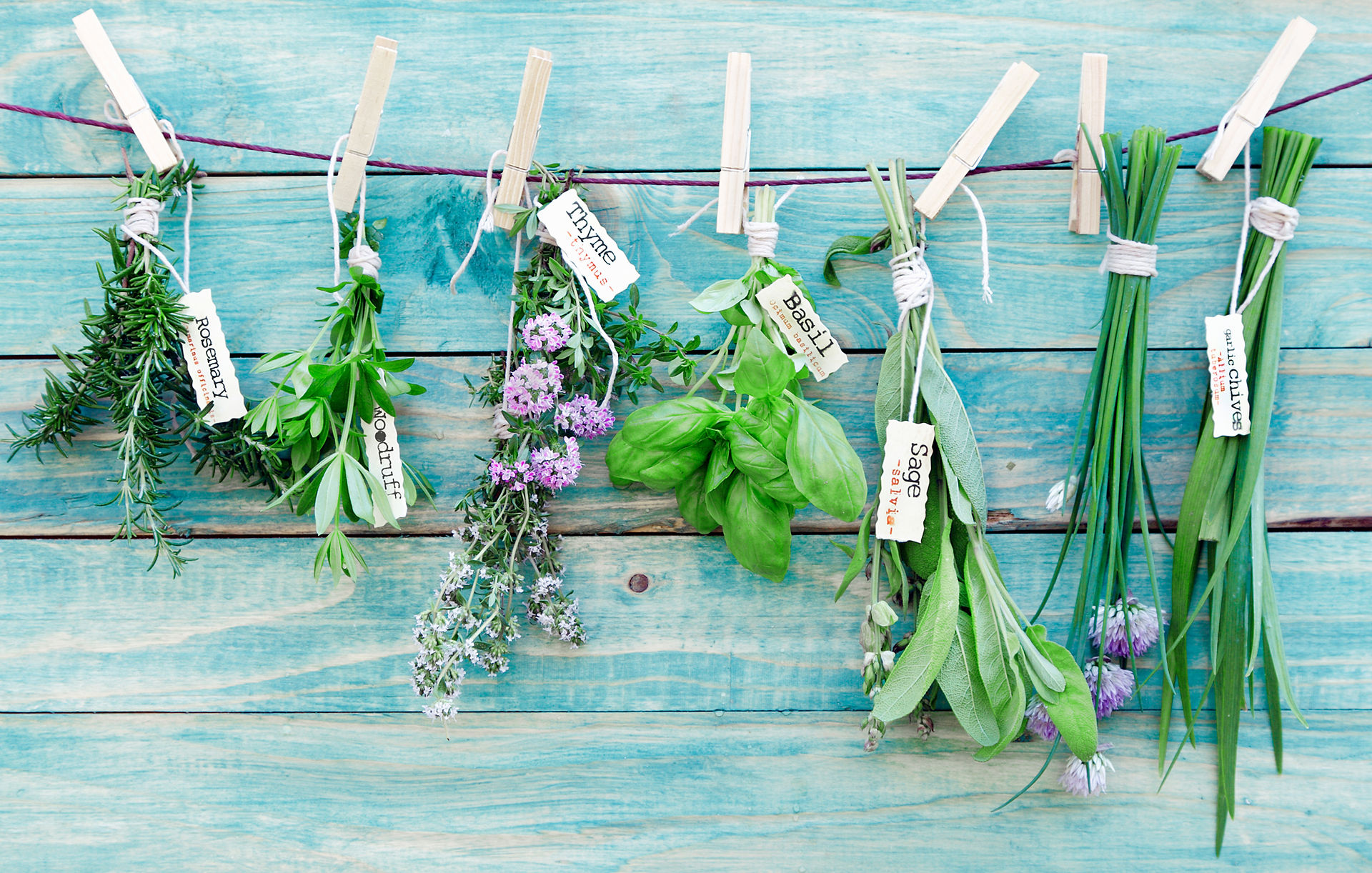All About Bay + Tuscan Bean Soup
- Michelle Schwartz
- Sep 29, 2017
- 3 min read
The noble bay laurel (Laurus nobilis, in fact) is an evergreen relative of camphor and sassafras. The tree is native to Asia Minor and the Mediterranean area but is now cultivated in many other regions. With a smooth, olive-green or reddish bark, it grows to a height of about 25 feet in Britain (where it’s also known as sweet bay and laurel) and in warmer climates to as much as 60 feet. The leaves are alternate, elliptical, dark green and shiny, with short, 3- to 4-inch stalks. Clusters of small yellow flowers bloom in the spring and are followed by shiny purple/black berries.
Uses Beyond Soup Despite its historical significance as a medicinal and celebratory plant, bay is now renowned mostly for its contributions in the kitchen. It’s a key ingredient in French and Mediterranean dishes, including pâté, bouillabaisse, and bouillon and — along with other seasonings like parsley and thyme — in bouquet garni. You’ll also find it in Spanish and Creole cooking, where it flavors shellfish, pickling brines, marinades, sauces, and many fish dishes.
In American kitchens, bay is found in hearty everyday tomato sauces, gravies, soups and chilies. Try it in any grain, meat, or bean dish, too. While bay’s sweet, balsamic scent is quickly apparent, it takes a while for its flavor to permeate foods, so add it to hearty soups, gravies and stews, stewed chicken, pot roast or poached fish early on. Use just one or two leaves for most dishes of six servings. Things to Note Here are some important things to be aware of when selecting and using bay leaves:
• Be sure to remove the whole leaves before serving — they’re bitter and sharp and can be dangerous if accidentally swallowed. (The belief that Laurus nobilis are poisonous is a misconception, however — they’re not, although some people have an allergic reaction to the extracted oil.)
• If your bay leaves are gray, it’s time to replace them. A gray hue means they’ve lost their chlorophyll during storage, and most certainly are no longer fresh. Store your new bay leaves in a dry, cool place out of sunlight. (A dark glass jar or a jar placed in a cupboard away from heat sources works well.)
• Be sure to purchase authentic sweet bay or laurel leaf, Laurus nobilis. Some spice companies sell a substitute plant, California bay (Umbellularia californica), which is longer and darker green than sweet bay, This plant is not only inferior as a culinary spice (it has a harsher, more camphorous taste), California bay has not been given GRAS status (generally recognized as safe for human consumption) by the Food and Drug Administration. And, one of the main constituents of California bay, umbellulone, is considered a central nervous system toxin when eaten. When inhaled, it may cause headache, sinus irritation, and sneezing.
Here's a wonderfully seasoned recipe featuring this diverse culinary herb, and a host of other Spice Shack herbs and spices.
It’s also vegetarian friendly and good any time of year!
Tuscan Bean Soup Ingredients:
4 teaspoons Organic No-Chicken Broth Powder
4 tablespoons Hearty Stew Vegetable Blend
1 teaspoon Organic Tomato Flakes
1/2 teaspoon Organic Lemon Peel Powder
1/4 teaspoon Crushed Red Chili Peppers, optional
1/2 teaspoon Whole Thyme Leaf
1/4 teaspoon Organic Rosemary
1/2 tablespoon Organic Celery Leaf Flakes
1 tablespoon Organic Parsley
3/4 tablespoon Organic Sweet Basil Leaf
1/4 teaspoon Organic Garlic Powder
1 14-ounce can cannellini beans, drained and rinsed

Directions:
1. In a medium saucepan, combine 3 1/2 cups water and chicken broth powder. As the liquid heats, whisk until smooth.
2. Once simmering, add dried vegetable soup blend, tomato flakes, lemon powder and red pepper flakes, if desired. Gently simmer for about 5 minutes until dehydrated vegetables begin to re-hydrate and become plump.
3. Add bay leaf, remaining herbs, garlic powder and beans, and reduce heat to low. Cook 5 to 10 minutes, until spices are open and aromatic and beans are cooked through.
4. Remove bay leaf and garnish with optional toppings.
5. Serve hot with fresh, warm bread, if desired.
Chef Suggests
Top with freshly shaved Parmigiano Reggiano cheese and cracked black pepper.

